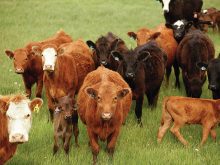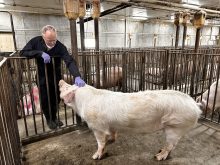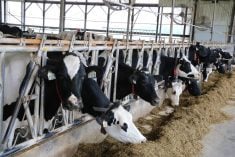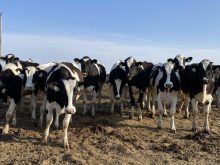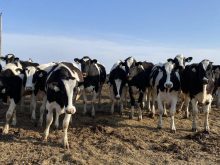One Health is the name of a movement that is sweeping the health professions.
It is founded on the idea that the health of animals, humans and their environment are intricately linked and endeavors to take an ecosystem approach.
One Health focuses on infectious diseases, particularly the zoonotic ones that are transmitted from animals to people.
This team approach to complex problems brings together professionals with diverse backgrounds that would otherwise be unable to solve these issues alone. One Health collaborators can include veterinarians, physicians, environmental scientists and public health professionals.
Read Also

Beef check-off collection system aligns across the country
A single and aligned check-off collection system based on where producers live makes the system equal said Chad Ross, Saskatchewan Cattle Association chair.
The concept of One Health is not a new one.
In the 1800s, Dr. William Osler, a Canadian physician, championed the notion that human and animal health were related. More recently, the film Contagion featured a dramatic portrayal of a deadly, new fictional disease that spread from pigs to people and eventually caused significant harm around the world.
The emergence of West Nile Virus in North America is an excellent example of One Health in action.
Dead birds and sick people triggered awareness that something strange was happening when the virus first arrived in New York in 1999. Now that the virus is endemic, wild birds typically tend to die during the summer before outbreaks in people.
Meteorologists and mosquito ex-perts can predict which summers will have the greatest number of mosquitoes capable of transmitting the virus.
Public health officials can then trigger interventions and public awareness campaigns by taking into ac-count weather, mosquito populations and wild bird mortality in concert with the number of people getting sick. Horse owners can also benefit from this information, namely through mosquito control and vaccination of their herds.
A man was recently hospitalized in Saskatoon with an illness that resembled the deadly Ebola virus, although tests later ruled out this disease. The emergence of Ebola in Africa can be evaluated through a One Health perspective.
Certain fruit bats in central Africa carry the virus without ill effects, but people, primates and domestic pigs can become infected if they come in contact with these carrier bats. Land use changes, agriculture and a growing human population are thought to be some of the environmental factors behind this emergence.
Ebola virus is scary for several reasons:
- No treatment or vaccine is available.
- Nearly 90 percent of people who become infected die.
- Even though the virus normally lives in fruit bats, it can be spread between people once it jumps into the human population.
Rapid global travel makes it is possible for infected people to spread the virus around the world before they are sick.
One Health also tackles antibiotic resistance.
Many countries have adopted national programs to monitor antibiotic resistant bacteria in people, food and animals. The results from these research programs aim to inform antibiotic use policies in humans and animals as well as mitigate the risks associated with emergence and spread of resistant bacteria.
One Health also includes comparative medicine.
Animals are often used as human models of disease. For example, large breed dogs develop bone and brain cancers, which are strikingly similar to human cancers. This offers opportunities to better understand cancer development and treatment.
One Health also addresses the human-animal bond.
There is a growing body of scientific evidence that supports the notion that animals are good for people. In particular, research has shown that interactions with animals can lower blood pressure and increase exercise.
Infectious diseases will continue to emerge as the world population increases and climate change progresses. A One Health approach to these complex problems not only makes sense but also offers our best hope to predict and respond to these disease threats.





